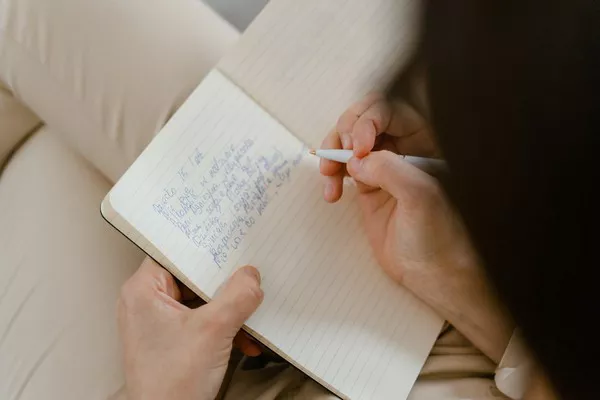In today’s fast-paced work environments, stress and tension are common occurrences that can impact both physical and mental health. Incorporating relaxation techniques into the workday can help employees manage stress, improve focus, and enhance overall well-being. In this article, we will explore various relaxation techniques that can be practiced in the workplace to promote a more relaxed and productive work environment.
Understanding Relaxation Techniques at Work
Relaxation techniques at work refer to practices and strategies that individuals can use to reduce stress and promote relaxation while on the job. These techniques are designed to counteract the effects of workplace stressors such as tight deadlines, heavy workloads, and interpersonal conflicts. By incorporating relaxation techniques into their daily routines, employees can cultivate a sense of calm and balance amidst the demands of their jobs, leading to improved productivity, job satisfaction, and overall well-being.
Mindfulness Meditation
Mindfulness meditation is a powerful relaxation technique that involves bringing one’s attention to the present moment without judgment. In the workplace, mindfulness meditation can be practiced during short breaks or lunchtime to help employees clear their minds, reduce stress, and improve focus. Simple mindfulness exercises, such as mindful breathing or body scan meditation, can be easily incorporated into the workday and require minimal time and space.
Deep Breathing Exercises
Deep breathing exercises are another effective relaxation technique that can be practiced discreetly at work. By focusing on slow, deep breaths, employees can activate the body’s relaxation response, which helps reduce stress and promote a sense of calm. Deep breathing exercises can be done seated at a desk or in a quiet corner of the office and can be tailored to individual preferences and comfort levels.
Progressive Muscle Relaxation
Progressive muscle relaxation is a relaxation technique that involves systematically tensing and relaxing different muscle groups in the body. This practice helps release physical tension and promotes relaxation throughout the body. Employees can practice progressive muscle relaxation at their desks or in a quiet space, taking a few minutes to focus on each muscle group and consciously releasing tension as they go.
Guided Imagery
Guided imagery is a relaxation technique that involves using visualization to create a sense of calm and relaxation. Employees can use guided imagery recordings or scripts to imagine themselves in a peaceful, serene setting, such as a beach or forest. By engaging the senses and immersing themselves in the imagery, employees can experience a profound sense of relaxation and stress relief, even in the midst of a hectic workday.
Stretching Exercises
Stretching exercises can help relieve muscle tension, improve flexibility, and promote relaxation at work. Simple stretching routines targeting key muscle groups, such as the neck, shoulders, back, and legs, can be done at a desk or in a designated stretching area. Employees can incorporate stretching breaks into their workday to counteract the effects of prolonged sitting and promote physical and mental well-being.
Mindful Walking
Mindful walking is a relaxation technique that involves walking slowly and deliberately while paying attention to each step and the sensations of walking. Employees can practice mindful walking during breaks or lunchtime, either indoors or outdoors. By focusing on the act of walking and tuning into their surroundings, employees can reduce stress, improve mood, and enhance overall well-being.
Breath Awareness
Breath awareness is a simple relaxation technique that involves paying attention to the sensations of breathing without trying to change or control the breath. Employees can practice breath awareness at their desks or during short breaks, taking a few moments to focus on the natural rhythm of their breath. This practice helps anchor the mind in the present moment and promotes relaxation and stress reduction.
Creating a Relaxation-Friendly Environment
In addition to practicing relaxation techniques individually, employers can create a relaxation-friendly environment in the workplace to support employee well-being. This may include providing designated relaxation areas where employees can practice relaxation techniques, such as meditation rooms or quiet corners with comfortable seating. Employers can also encourage employees to take regular breaks and incorporate relaxation into their daily routines by promoting mindfulness practices and providing resources and support for stress management and mental health.
Conclusion
In conclusion, relaxation techniques at work offer employees practical strategies for managing stress, promoting relaxation, and enhancing overall well-being. By incorporating relaxation techniques into their daily routines, employees can create a more relaxed and productive work environment where stress is effectively managed, and employees feel supported in their efforts to maintain work-life balance. Employers play a crucial role in fostering a culture of well-being in the workplace by providing resources, support, and encouragement for relaxation and stress management. By prioritizing employee well-being and promoting relaxation techniques at work, organizations can create healthier, happier, and more engaged workplaces for their employees.
Related topics:
























